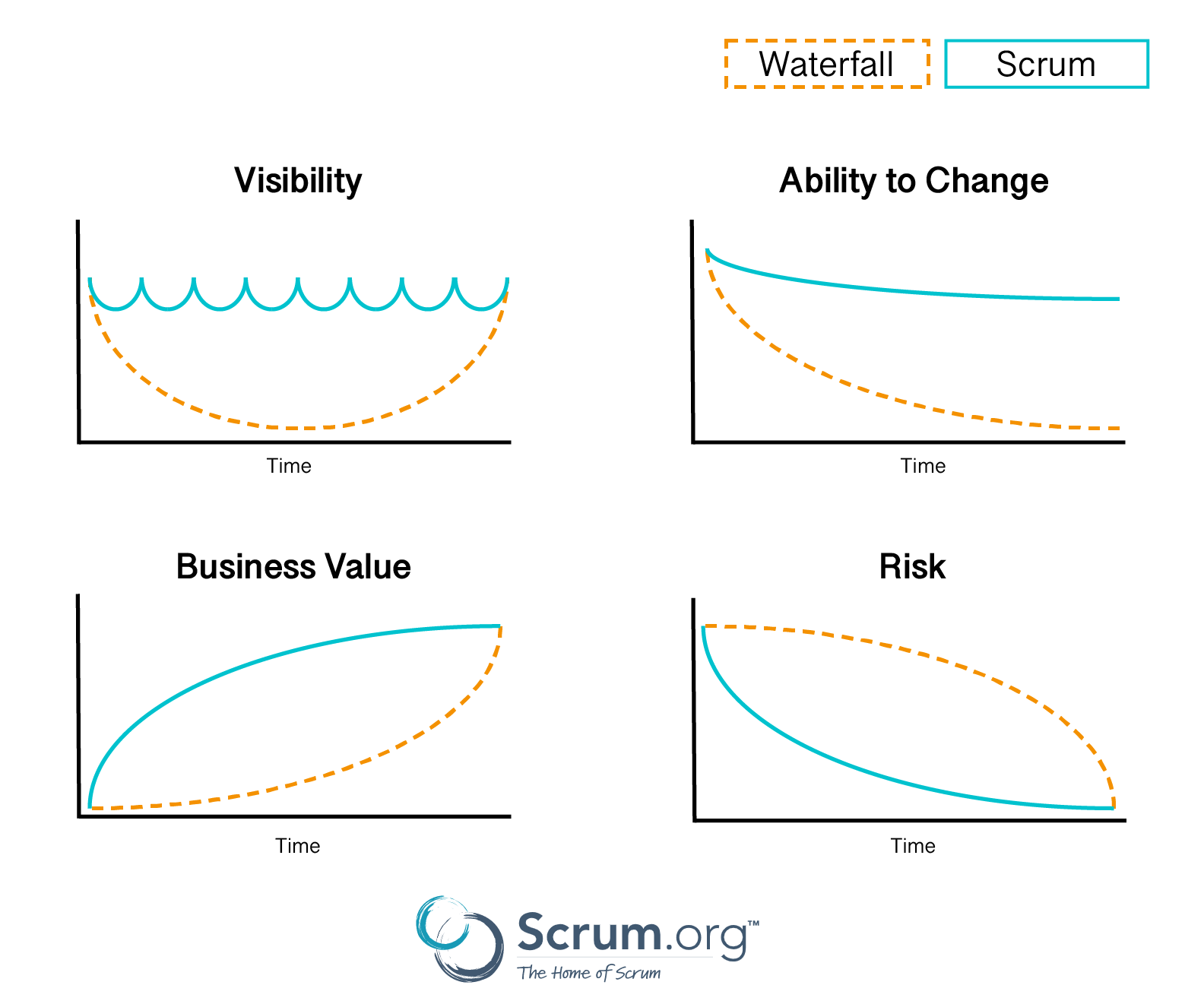Agile Manifesto | Principle 4

Principle 4
Business people and team* must work together daily throughout the project.
In agile ways of working we foster interactions between individuals (Value 1) and customer collaboration (Value 3). Not only is this beneficial for building relationships and catering for the human need of relatedness, but also for a more efficient flow of knowledge and frequent feedback on the solution in progress.
Agile methods, such as Scrum, Kanban and SAFe suggest regular low-key “Reviews” at the end of each Iteration (Principle 2) as the dedicated moment for any stakeholder, such as customers, to inspect the usable Increment (Principle 3) and give feedback. The word “daily” in the title of this principle may somewhat misleading, however, in addition to those planned Reviews, the very essence of Agility suggests to continuously engage with relevant stakeholders in a flexible response to what is needed. The agile mindset advocates for transparency and visibility, which does not only benefit the more efficient development of the suitable solution, but also helps in establishing trusting relationships.
In contrast, in waterfall project management, business stakeholders are mainly included at the start of the project – the long and intense requirements phase – and when presenting the finished solution. Flow of information and transparency is rather inhibited since different teams work in silos in different project phases and deliver infrequent progress and status reports.

The picture shows a comparison of 4 different aspects of the development of solutions between waterfall & agile project management. 1) Visibility: In waterfall project management visibility is high at the start and at the end of a project. In agile ways of working visibility stays high thanks to regular review moments and continuous engagement with the stakeholders. 2) Ability to change: Thanks to the frequent planning (Principle 2) in Agile, we can quickly adapt to change, while the requirements are set in stone after the first project phase in Waterfall. 3) Business value: the continuous delivery of value (Principle 1) in Agile ensures customers receiving functional increments every iteration. In Waterfall, the solution is delivered at the end of the project. 4) Risk: The frequent planning in Agile and continuous integration of feedback mitigates the risk that Waterfall runs into by planning everything far ahead in a VUCA world.
Explore each principle & value with us
Introduction to the Agile Manifesto & Part 1 – The Agile Team: Skills & Culture
Principle 1: Our highest priority is to satisfy the customer through early and continuous delivery of valuable solutions*.
Principle 2: Welcome changing requirements, even late in development. Agile processes harness change for the customer's competitive advantage.
Principle 3: Deliver working solution* frequently, from a couple of weeks to a couple of months, with a preference to the shorter timescale.
Principle 4: Business people and team* must work together daily throughout the project.
Principle 5: Build projects around motivated individuals. Give them the environment and support they need, and trust them to get the job done.
Principle 6: The most efficient and effective method of conveying information to and within an agile team is real-time conversation.
Principle 7: Working solution* is the primary measure of progress.
Principle 8: Agile processes promote sustainable development. The sponsors, team*, and users should be able to maintain a constant pace indefinitely.
Principle 9: Continuous attention to technical excellence and good design enhances agility.
Principle 10: Simplicity – the art of maximizing the amount of work not done – is essential.
Principle 11: The best architectures, requirements, and designs emerge from self-organizing teams.
Principle 12: At regular intervals, the team reflects on how to become more effective, then tunes and adjusts its behavior accordingly.
Value 1: We value individuals and interactions over processes and tools.
Value 2: We value working solution* over comprehensive documentation.
Value 3: We value customer collaboration over contract negotiation.
Value 4: We value responding to change over following a plan.
*LEGEND:
Business Value: Business Value encompasses any deliverable, feature, or enhancement that directly contributes to customer satisfaction, employee well-being, or overall organizational success. It can encompass not only customer-facing elements but also internal enablers that improve efficiency and effectiveness within the organization.
Developers: has been exchanged by team to recognize that Agile Teams can encompass a diverse range of roles and functions beyond just software development
Iteration: An Iteration refers to a distinct phase or cycle within a development process, where a set of tasks or activities are completed in a defined timeframe. In Scrum methodology, an Iteration is known as a Sprint, typically lasting 2-4 weeks, during which a set of prioritized work items are completed.
Lead Time: Lead Time refers to the duration it takes for a task or project to move from the initial request or conception stage to its completion, including all necessary processes and steps.
MVP (Minimum Viable Product): The MVP is a basic, functional version of a product or service that includes essential features, allowing it to be deployed or released to gather early feedback from users or customers.
Software: has been replaced by solutions to account for the fact that Agility does not only apply to software development, but to any kind of value that a business offers to the customer.
It might also interest you!

Agile Manifesto | Principle 5

Agile Manifesto | Principle 6
